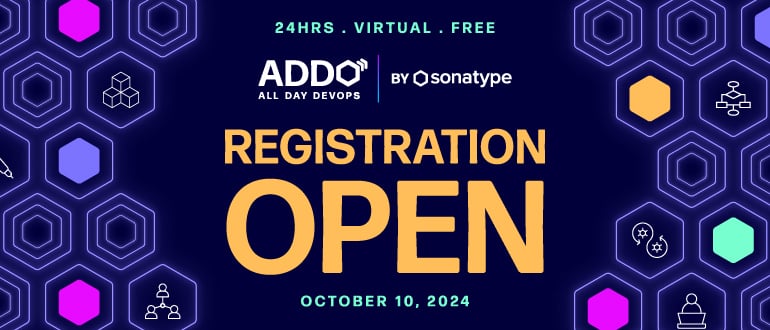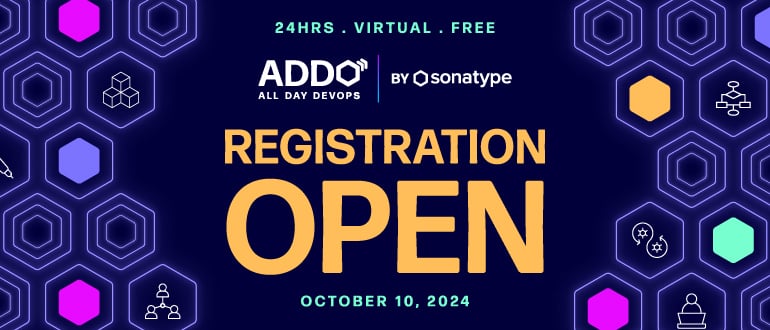
2024-10-2 16:0:43 Author: securityboulevard.com(查看原文) 阅读量:5 收藏
- As of June 30, 2024, the CentOS Project ceased all updates and releases for CentOS Linux.
- CentOS Stream serves as the upstream development platform for future RHEL releases.
- CentOS Stream 9 will continue to receive regular updates, providing users with the latest features and security patches.
In December 2020, Red Hat announced a significant shift in its focus from CentOS Linux to CentOS Stream, along with the discontinuation of traditional CentOS Linux. Support for CentOS Linux 8 concluded in December 2021, and support for CentOS Linux 7 ended on June 30, 2024. With the introduction of CentOS Stream, which acts as the midstream between Fedora and RHEL, the Linux community has witnessed a new era of innovation and collaboration.
Released on December 3rd, 2021, CentOS Stream 9 is the latest major version of the CentOS Stream distribution. It is derived from Fedora 34 and served as the foundation for both RHEL 9 Beta and the final RHEL 9 GA release. It serves as a testing ground for new features that will eventually make their way into RHEL 9.x releases. This allows developers and community members to see and work with features that are likely to appear in the next version of RHEL.
In this blog, we’ll explore the key features and improvements in CentOS Stream 9 and also discuss the future of CentOS Stream and what users can expect to see in the coming years.
Key Features and Updates in CentOS Stream 9
CentOS Stream is not a true rolling release like Arch Linux. Instead, it’s a “continuous delivery” distribution, providing a stable base with regular updates. These updates will serve as the basis for future RHEL 9.x releases, ensuring a consistent experience across both distributions.
Here are some of the key features introduced in CentOS Stream 9:
Updated Core Packages: It includes updated versions of essential software, such as OpenSSL 3.0, PHP 8.0, Python 3.9, and GCC 11.2, enhancing security, performance, and compatibility with modern development standards.
Kernel Enhancements: Built on the Linux kernel 5.14.x, it offers improved hardware support, performance optimizations, and security enhancements, catering to the needs of modern enterprise workloads.
Desktop Environment Improvements: With GNOME 40 as the default desktop environment, CentOS Stream 9 provides a refreshed user interface, better performance, and an overall enhanced user experience for desktop users.
Security and Compliance: New security features include enhanced cryptographic libraries, more stringent package signing protocols, and improved SELinux configurations, making it a robust choice for security-conscious organizations.
CentOS Stream 9 Lifecycle and Support
The lifecycle of CentOS Stream is closely tied to that of RHEL 9. This means it will receive continuous updates until RHEL 9 reaches its end of life, currently projected for 2027. Its rolling-release model ensures that users benefit from the latest updates and features long before they are finalized in RHEL. This allows developers to test and adapt to changes early, gaining a significant advantage in their development cycles.
Also Read: How to Upgrade from Centos 7 to AlmaLinux 9
Future Prospects: CentOS Stream 10 and Beyond
Looking ahead, CentOS Stream 9 will remain a vital component of the CentOS ecosystem until the focus shifts to CentOS Stream 10 and the eventual RHEL 10 release. CentOS Stream 10 is expected to incorporate updates from future Fedora releases, beginning with Fedora 38. The anticipated timeline for CentOS Stream 10 aligns with the expected release of RHEL 10, projected for late 2024 or early 2025.
This progression underscores CentOS Stream’s role as an evolving, community-driven development platform that directly influences RHEL’s roadmap. As CentOS Stream continues to mature, the focus on innovation and adaptability will remain critical in shaping the future of enterprise Linux distributions.
Final Thoughts
CentOS Stream sits between Fedora and RHEL in the development process. Fedora is where new features are introduced and tested. These features may then move into CentOS Stream, where they are further developed and stabilized before potentially being incorporated into the next RHEL release.
As an upstream development platform for future RHEL releases, CentOS Stream 9 enables developers, enterprise users, and community members to preview and contribute to upcoming RHEL features. This collaborative approach helps ensure that RHEL remains secure, stable, and aligned with the evolving needs of the community.
Whether you’re using CentOS Stream, AlmaLinux, Ubuntu, or another enterprise Linux distribution, TuxCare’s KernelCare Enterprise offers an automated live patching solution which allows you to apply critical security patches to a running kernel without needing to reboot the system.
Are you still running CentOS Stream 8? Don’t let its end of life leave you exposed to security vulnerabilities. TuxCare’s CentOS Stream 8 Extended Lifecycle Support (ELS) allows you to continue receiving security updates and ensure your applications and workloads remain secure and operational.
To learn more about CentOS Stream 8 end-of-life support, read our previous blog post.
The post Future of CentOS Stream 9: The Road Ahead appeared first on TuxCare.
*** This is a Security Bloggers Network syndicated blog from TuxCare authored by Rohan Timalsina. Read the original post at: https://tuxcare.com/blog/future-of-centos-stream-9-the-road-ahead/
如有侵权请联系:admin#unsafe.sh
